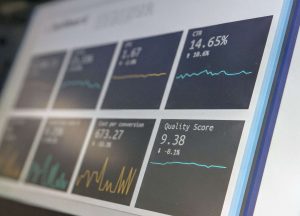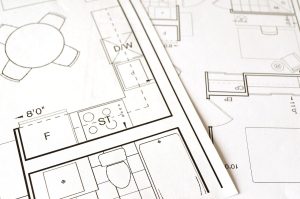Laboratory and medical equipment are made of various materials, namely: plastic, glass, metal, wood, and many more. Medical workers are also required to know and know about laboratory and medical equipment made of plastic. This is to make it easier for medical workers when doing their jobs where they are familiar with tools made of plastic.
The laboratory is a place to work with fairly high risk and danger. when many jobs require laboratories such as experiments and research for drugs or other things. Currently, there are many types of laboratories, for example, there are physics, chemistry, biology laboratories, and many more.
When entering the laboratory we must use personal protective equipment and comply with existing regulations. Before working in the laboratory, it would be better if you know the laboratory equipment first.
Laboratory And Medical Equipment Made Of Plastic
Laboratory equipment is made of various materials, some are made of plastic, glass or glass, wood, metal, and many more. At this time, we will discuss laboratory equipment made of plastic and its functions.
Measuring cup
The most widely used tool and maybe some of you also know is a measuring cup. The measuring cup is used to measure the volume of a solution. The size of the glass varies from 10 ml to 2 L. The measuring cup has a wider bottom shape to maintain the stability of the glass. Another function of the measuring cup is to dissolve a substance, a place to heat the substance, and a place to evaporate the solution.
Test tube
The test tube is one of the laboratory equipment that is the size of a finger and has many sizes. Test tubes have many sizes based on their diameters ranging from 10 to 20 mm and lengths from 50 to 200 mm. reaction tubes have a function to accommodate, heat, mix chemicals.
Visit https://www.capmoldsupplier.com/ to find out more about lab and injection products made from plastics.
Understanding the Plastic Injection Molding Process
It is important for those of you who are going into the medical industry to know in general how the plastic injection method works. This information will be very useful to add to your consideration in determining what printing method is the most appropriate for medical purposes.
Therefore, let’s discuss the three basic stages of the plastic injection process together, and discuss the advantages and disadvantages of this method.
3 Steps Injection Method Plastic Molding
Check out the following steps
Step 1: Product Design
Design is an important stage in the production process, regardless of what product you want to make. This process is intended to avoid production errors that can harm you.
In simple terms, several objectives need to be determined in the design process, including function, aesthetics, manufacturability, and many more. A successful product will be determined later on whether the objectives that you have designed at the beginning have been successfully met or not.
However, a product that fits the product design is not always good. There may be defects or malfunctions in your product, due to an inaccurate product design process. Therefore, usually, the product design process will end with the production test stage.
Step 2: Mold Design
After the product design has passed the production test, the next step is to design a mold that will be used in the plastic injection process.
Just like product design, the goal of a well-thought-out mold design process is to avoid manufacturing defects that could harm your Medical business.
Step 3: Manufacturing Stage
Once the product and mold have been carefully designed, you can start the manufacturing stage! The following is a simple description of the plastic molding process via the injection method.
Thermoset plastic or thermoplastic in the form of granules is put in a heating barrel. The plastic is then heated to a predetermined temperature and then directed through the pipe using a large screw that rotates towards the mold. When the mold is filled, the pipe and screw will remain connected to the mold to maintain the pressure inside for a predetermined duration.
After going through this stage, the pipes and screws are removed, the mold is opened, and the plastic product is taken from the mold. This stage is done repeatedly and can produce hundreds of thousands of products in a short time.





